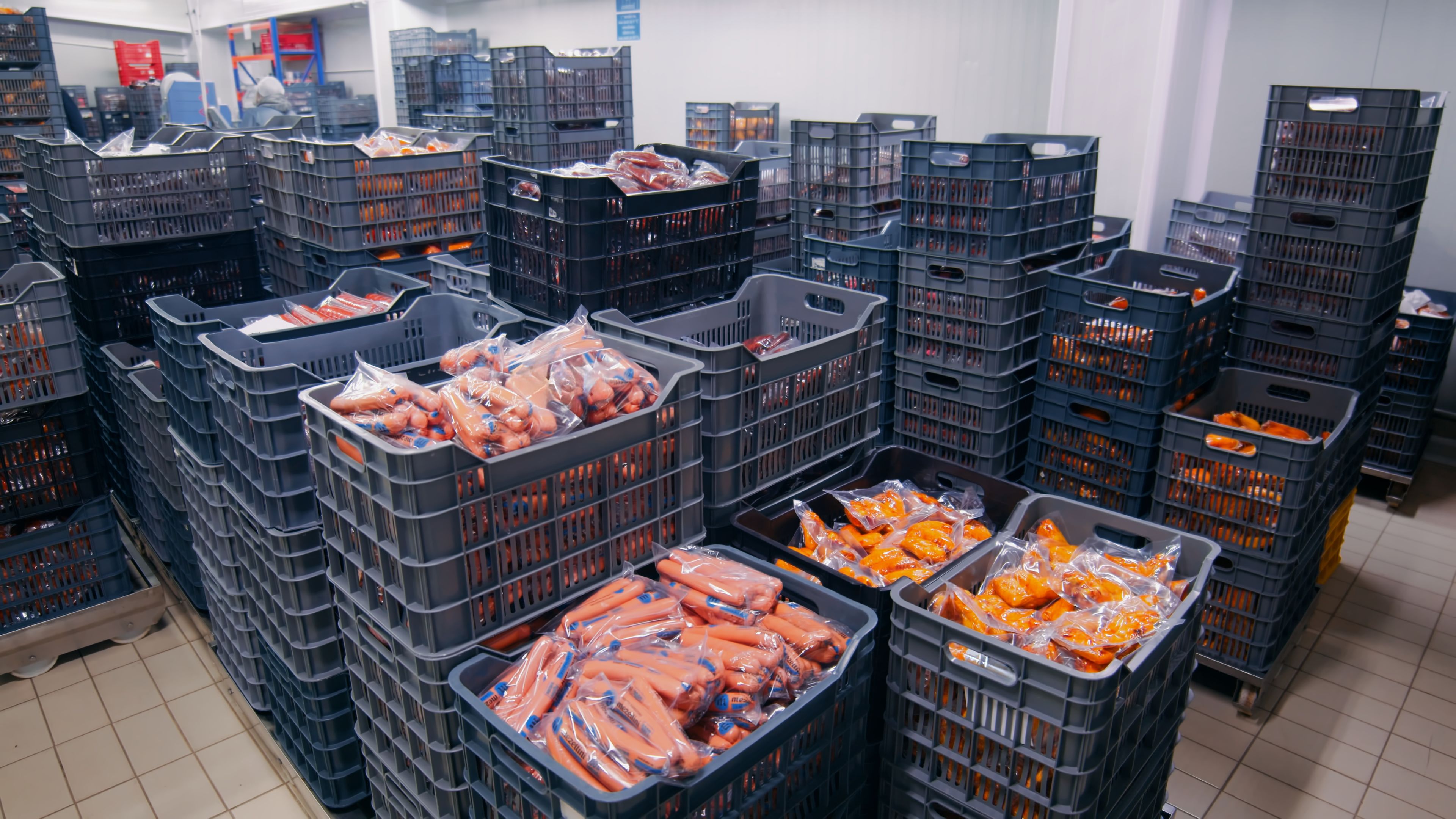The Ripple Effect: Understanding the Economic Impact of Food Production and Distribution
In the interconnected web of global economics, the food production and distribution sectors play a pivotal role. From the farm to the table, each stage involves complex processes that have far-reaching impacts on economies worldwide. Understanding these impacts can help us appreciate the significance of these industries beyond just fulfilling our nutritional needs.
The Role of Agriculture in Economic Growth
Agriculture is often considered the backbone of many economies, especially in developing countries. It not only provides food but also creates employment and drives economic growth. The agricultural sector contributes significantly to GDP, and its ripple effect extends to industries such as manufacturing, transportation, and retail.
Moreover, advancements in agricultural technology and sustainable practices have increased productivity and efficiency. This progress has led to higher yields and lower costs, making food more accessible and affordable for consumers globally. As a result, nations can allocate resources to other sectors, driving diverse economic development.
The Impact of Food Distribution Systems
Once food is produced, it needs to be distributed effectively to reach consumers around the world. This distribution network is a critical component of the food supply chain, influencing economic stability and growth. Efficient distribution systems reduce waste, lower costs, and ensure that food reaches those who need it most.

Additionally, innovations in logistics and transportation have revolutionized food distribution. Technologies like GPS tracking, temperature-controlled storage, and advanced inventory management have optimized delivery processes, reducing delays and spoilage. These improvements not only benefit consumers but also enhance the profitability of businesses involved in the supply chain.
Challenges and Opportunities in Food Production
Despite its importance, the food production industry faces numerous challenges that can affect economic stability. Climate change, resource scarcity, and geopolitical tensions can disrupt production and impact prices. Addressing these challenges requires investment in research and development, as well as policies that support sustainable practices.
On the other hand, there are significant opportunities for growth. Innovations in biotechnology and precision agriculture are paving the way for more resilient crops and efficient farming practices. By embracing these technologies, economies can bolster their agricultural output and ensure food security for future generations.

The Socioeconomic Benefits of a Robust Food Industry
A thriving food industry contributes to socioeconomic development by creating jobs and fostering entrepreneurship. From farmers to distribution specialists to retailers, countless individuals rely on this industry for their livelihoods. Moreover, the industry's growth stimulates demand for related services like marketing, finance, and technology.
Furthermore, a strong food sector can lead to improved public health outcomes. Access to nutritious food supports a healthier population, reducing healthcare costs and increasing productivity. This positive feedback loop strengthens communities and contributes to long-term economic resilience.
The Future of Food Economics
As we look to the future, the economic impact of food production and distribution will continue to evolve. Emerging trends such as plant-based diets, local sourcing, and direct-to-consumer sales are reshaping consumer preferences and market dynamics. Businesses that adapt to these changes can unlock new opportunities for growth.
Ultimately, understanding the economic implications of the food sector is crucial for policymakers, businesses, and consumers alike. By fostering sustainable practices and embracing innovation, we can ensure a resilient food industry that supports economic prosperity for all.
